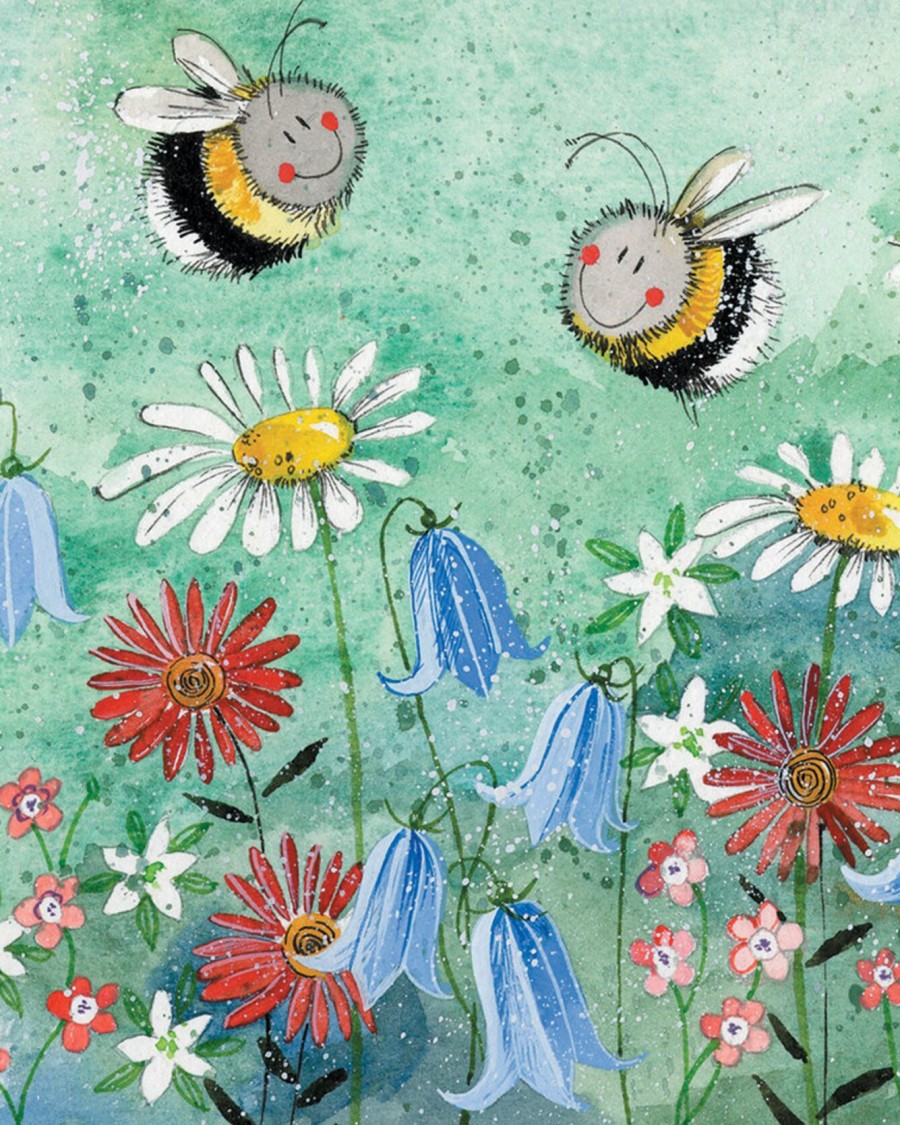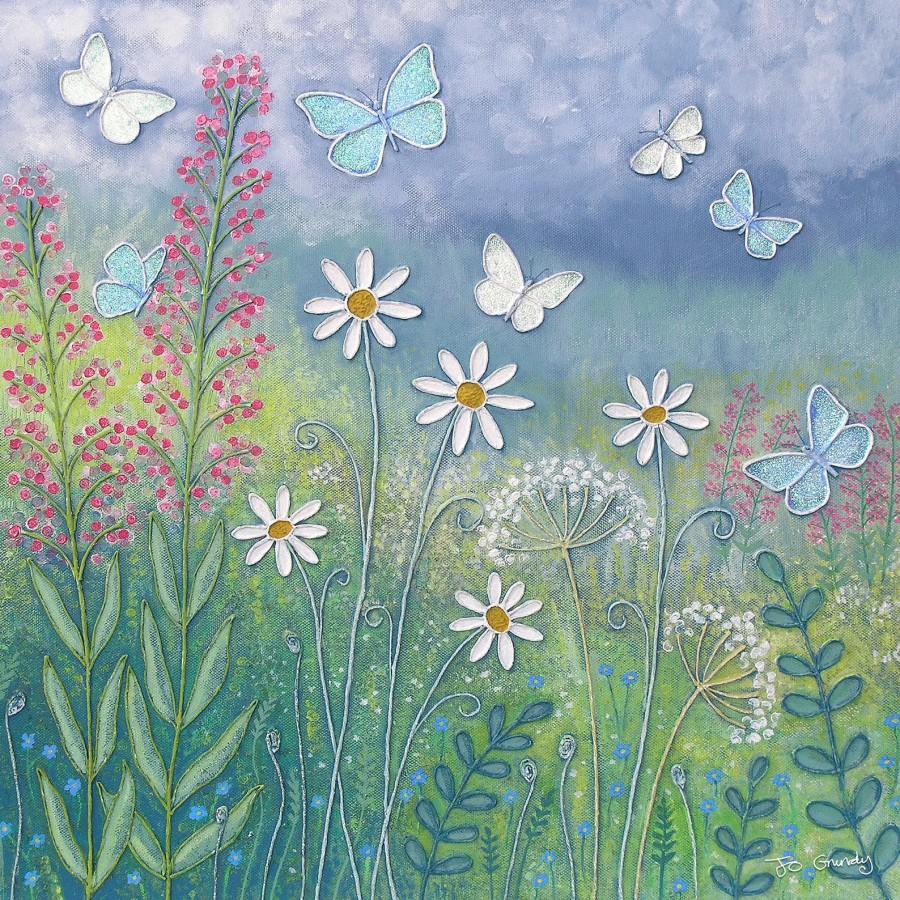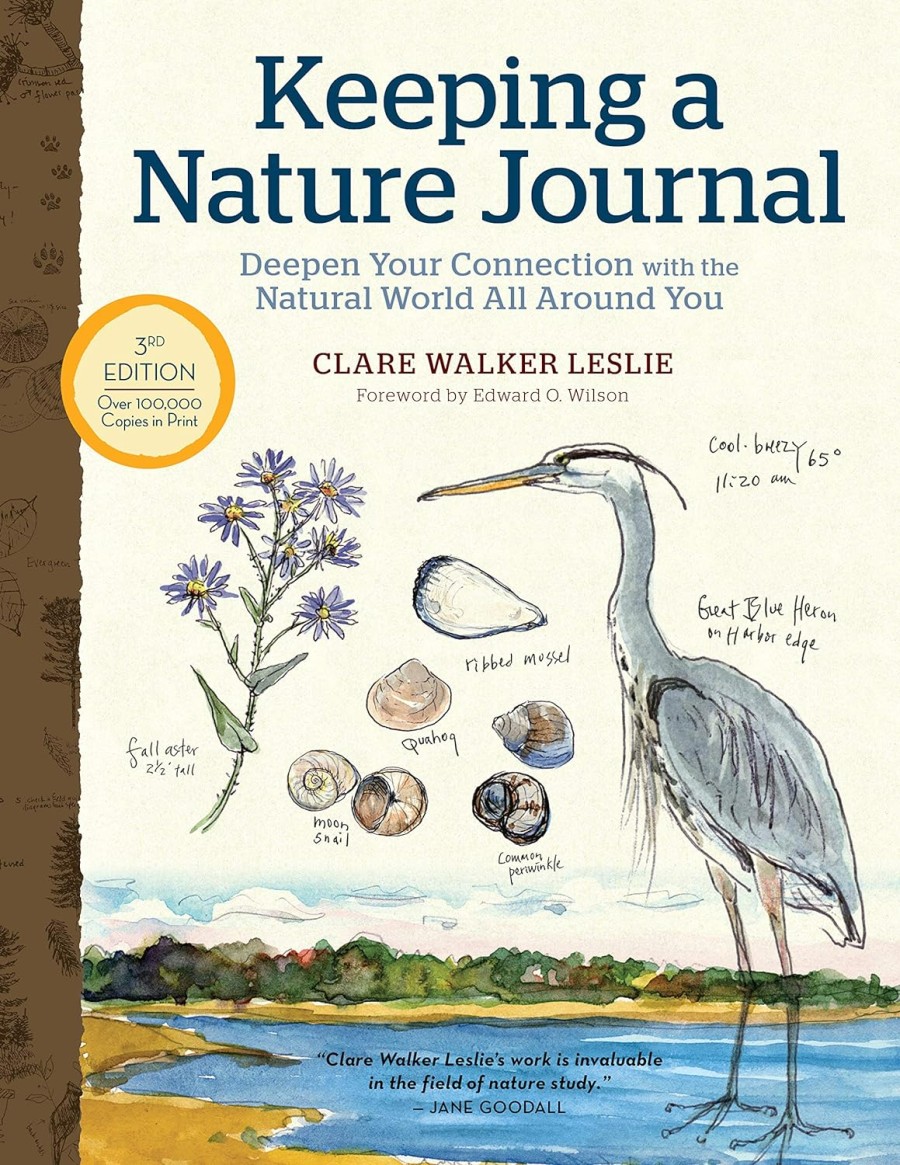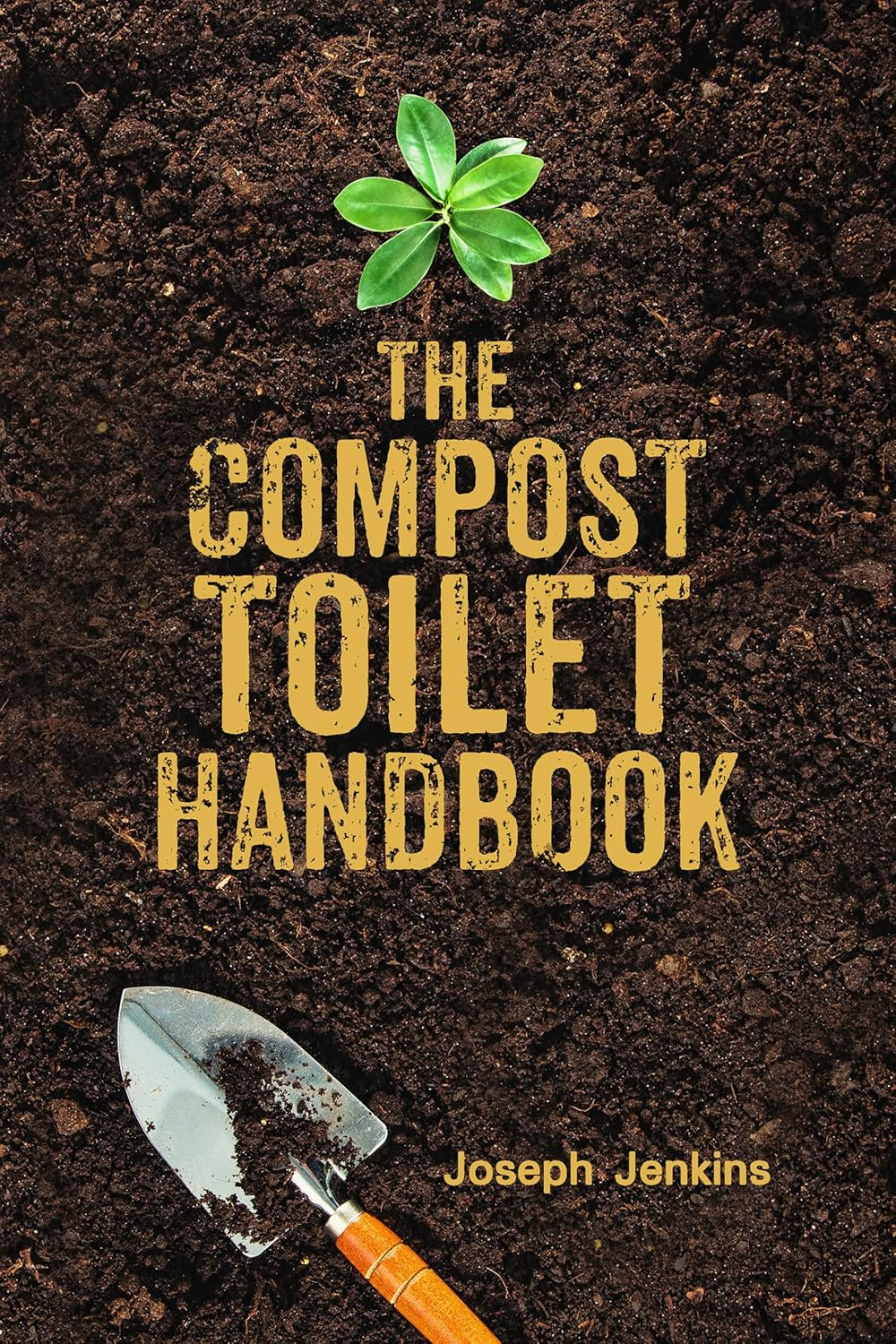How to Save England’s Wildflower Meadows

England’s wildflower meadows are in trouble. The buzz of bees, the flutter of butterflies, and the colours that once blanketed the countryside are becoming rare. But these meadows are more than just a pretty sight. They’re lifelines for native wildlife and pollinators. And also help keep farms healthy and contribute to beautiful landscapes.
Meadows produce flowers in spring and summer. And rather than all-year pasture ground, provide hay that is a valuable crop for barnyard friends (and herb-growing pasture for other creatures).
If England had lost 97% of its woodland, there would be mayhem (we have actually lost a good deal of it, not really reported in the media that is obsessed with celebrity and monarchy). But since the 30s, we’ve now lost a shocking 79% of our flower meadows.
Maple, hazel and hawthorn trees provide homes for wildlife, and you can also find bee orchid flowers (that look like bees) on open ground. Water meadows support skylarks and meadow pipits.
Wildflower meadows provide important food and shelter to many native species including endangered bees, butterflies, dragonflies, damselflies, dormice and skylarks.
If visiting wildflower meadows, always keep to the paths on field edges, to protect flowers and native wildlife. Never drop litter (especially cigarette butts, which can cause wildfires).
Why Have Wildflower Meadows Disappeared?
Flower meadows were once very common. Their demise began during the Second World War, when farmers were told to plough the meadows, in order to grow wheat and potatoes. When food was scarce.
Since then, modern farming methods and urban building have almost finished off the rest. And proposed moves to make planning laws more lax to build housing, is of huge concern. We need more affordable homes, but not at the expense of our remaining nature and wildlife.
Plant a Mini Meadow in Your Garden
You can plant a mini meadow with just 50 square feet and £10 by creating boggy spots and nesting areas for bees and butterflies. Pick a sunny spot (raised beds are fine) and clear away turf or weeds.
Sprinkle bought local wildflower seeds directly on bare soil in autumn or spring. Water well and avoid fertilisers, which encourage grass to crowd out flowers.
Use garden shears to trim edges (not strimmers: lethal to wildlife).
Use no-dig gardening (avoid netting, which can trap birds and wildlife). Learn more on pet-friendly gardens and wildlife-friendly gardening.
Turn Lawns into Meadows
If you have a lawn that is not being used by people or pets, swap mowing for growing. Let the wildflowers take over and bloom, and soon buzzing bees will visit.
Lawns into Meadows shows how to turn (unused) lawns into low-maintenance and eco-friendly meadows with native grasses. In a world where conventional lawns (with chemicals) have wreaked havoc on natural ecosystems. Includes before/after photos.
Buy Local Wildflower Seeds
Choose seeds grown from native plants (imported or non-native seed mixes can harm local ecosystems). Only buy from sellers who know where their seeds are from.
- British Wildflower Seeds says to be wary of some companies online, which sell imported wildflower seeds from as far away as China. It offers seeds from Dorset.
- It’s not usually a good idea to sow wildflowers onto grass (they don’t respond to high nutrient levels, so do a soil test).
- Habitat Aid sells plug plants for specific conditions (chalky or heavy soils, green roofs, gravel & rock gardens, coastal areas and shady, sunny or wet sites).
Support Organic Gardening and Farming
Modern farming methods are a big reason wildflower meadows have vanished. Chemicals and fertilisers wipe out delicate plants. Supporting organic growers puts money into wildlife-friendly land management.
Protect Ragged Robin and Yellow Rattle
Some wildflowers are on the brink. Ragged robin (once common in damp meadows with its lovely pink flowers) is almost extinct in many areas.
Yellow rattle (once regarded as a weed by farmers) is now known as ‘nature’s meadow maker’) as it helps keep grasses in check (a semi-parasitic plant), giving wildflowers space to grow. Its name is due to making a rattling sound in the seed pods, as they dry and ripen.
If you can, plant these species in your mini meadow or local community patch. Note both these plants are toxic to horses and livestock.
Are Flower Meadows Safe for All Creatures?
No. Many meadow flowers are toxic to different species, so it’s important (say if growing a wildflower meadow in your garden or if you live with or near other species), to know ones to avoid.
Many meadow plants are toxic to pets (including poppies), horses, donkeys and livestock. Meadow buttercups have a chemical, which is is toxic to grazing animals.
Ragwort is a common wildflower (that supports habitat of a native caterpillar). But is lethal to horses, donkeys and livestock, if ingested. There are strict rules on removing it (read more at World Horse Welfare). Read more on this important subject.
Why Does Wildlife Love Flower Meadows?

Wildflower meadows not only provide shelter, but are one of the main sources of pollination. You’ve likely heard that bees are so important for pollination, that if they disappear, so does most of our our own food supply. Bees love wildflower meadows, due to nectar and pollen:
- Nectar is a sugary water liquid, packed with nutrients for pollinators. It’s found in flower glands, which bees use to make honey.
- Pollen is from stamens (male reproductive cells of flowers, responsible for making seeds). This is a fine powdered substance that bees use to feed larvae, and transfer pollen to other flowers.
Where to Learn More on Wildflower Meadows

Moor Meadows is a community movement to restore our meadows, based in Dartmoor (Devon). It has huge amounts of information on the importance of meadows, and how to grow or restore them.
Birds Foot Trefoil provides food for over 130 invertebrates. And if they disappear, so do the animals that rely on them for food. This plant is also the main plant of importance for common blue butterflies.
Common meadow plants include some super-cool names. You won’t find these on sale in B & Q:
- Yorkshire Fog
- Common Cats-Ear
- Greater Butterfly Orchid
- Pignut
- Devil’s-bit Scabious!
- Hay Rattle
- Quaking Grass & Yellow Oat Grass
Wildlife that live in English meadows include:
- Common Blue & Meadow Brown Butterflies
- Chimney Sweeper Moths
- Violet Oil Beetles & swollen-thighed beetles
- Flower Crab Spiders
- 14-Spot Ladybirds
- Common Carder Bees
- Grasshoppers & Groundhoppers
- Glow Worms, grass snakes & common lizards
This organisation also offer information on how to safely manage meadows. If just left, dying flowers will kill plants underneath, and turn into bramble and scrub.
It’s important to not mow everything at once, and to leave mown areas for a few days, to allow creatures to escape.
It recommends leaving at least a third of vegetation uncut, in warm sunny spots. Then after a few days, rake off dried material to create a compost or even make your own hay bales.
Plantlife also has good information and case studies of restoring meadows. Find out how to manage a meadow, which seeds to choose, and download The Good Meadow Guide! Plus find a landowner’s guide to grassland species, and their benefits.
A Meadow Flower You Already Know!

One of our most common wildflower meadow plants is the humble dandelion. It was never considered a weed until the advent of pesticides etc. It thrives in disturbed soil, this is why you often find it in paving cracks and on building sites etc.
As one of the first spring-flowering meadow plants, dandelions provide essential pollination for bees and butterflies, in earlier months. Their deep taproots break up compacted soil and draw in nutrients.
Books to Learn About Flower Meadows
- Meadows is the definitive guide to what meadows are, why they are important, and how to save them. A respected ecologist has produced a book to put this most misunderstood habitat, back in the public eye.
- We Made a Wildflower Meadow is the story of the author and her husband, who bought a small field close to their home, and created a wildflower that supported over 20 species of insects, plus helped local butterflies and other creatures.






